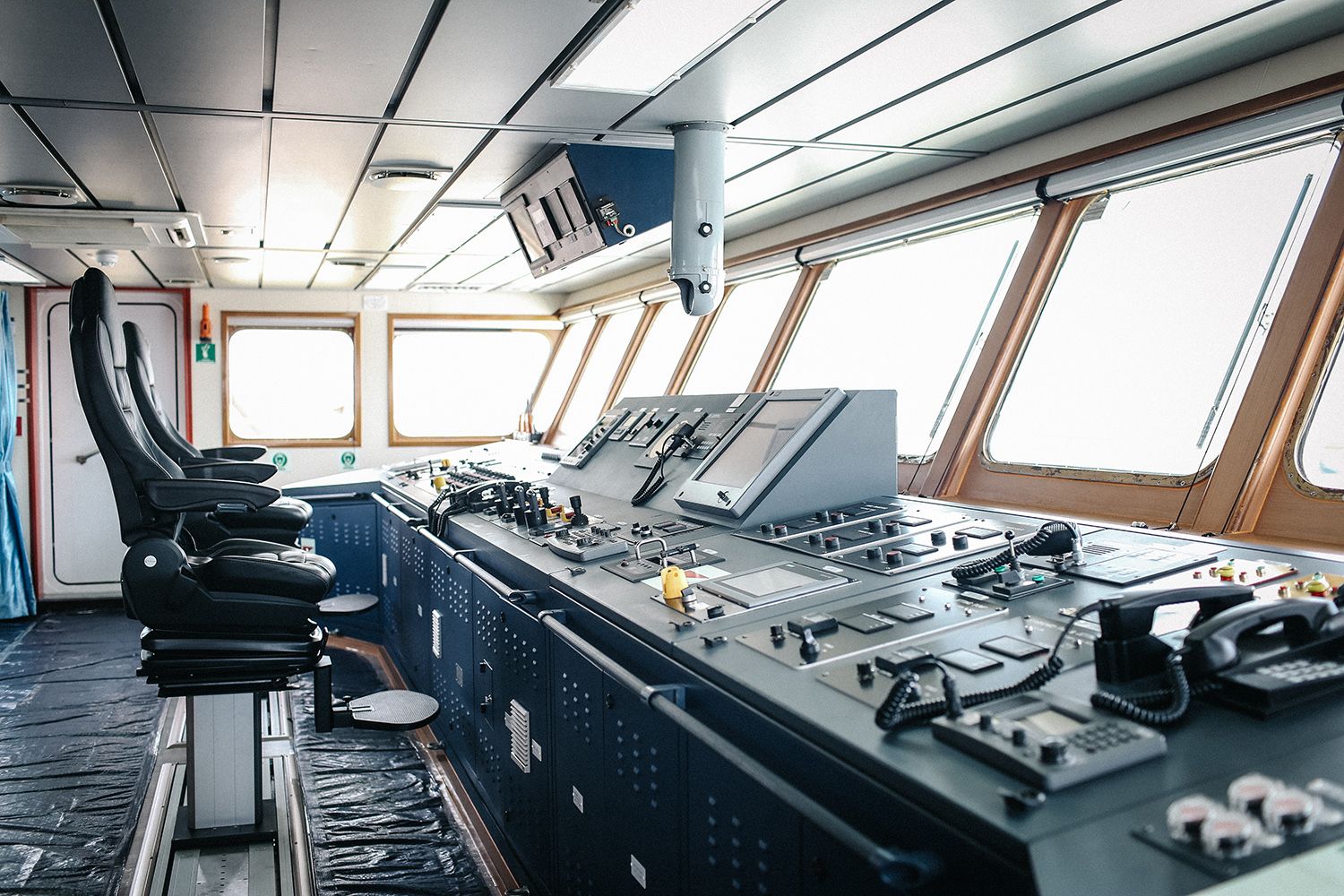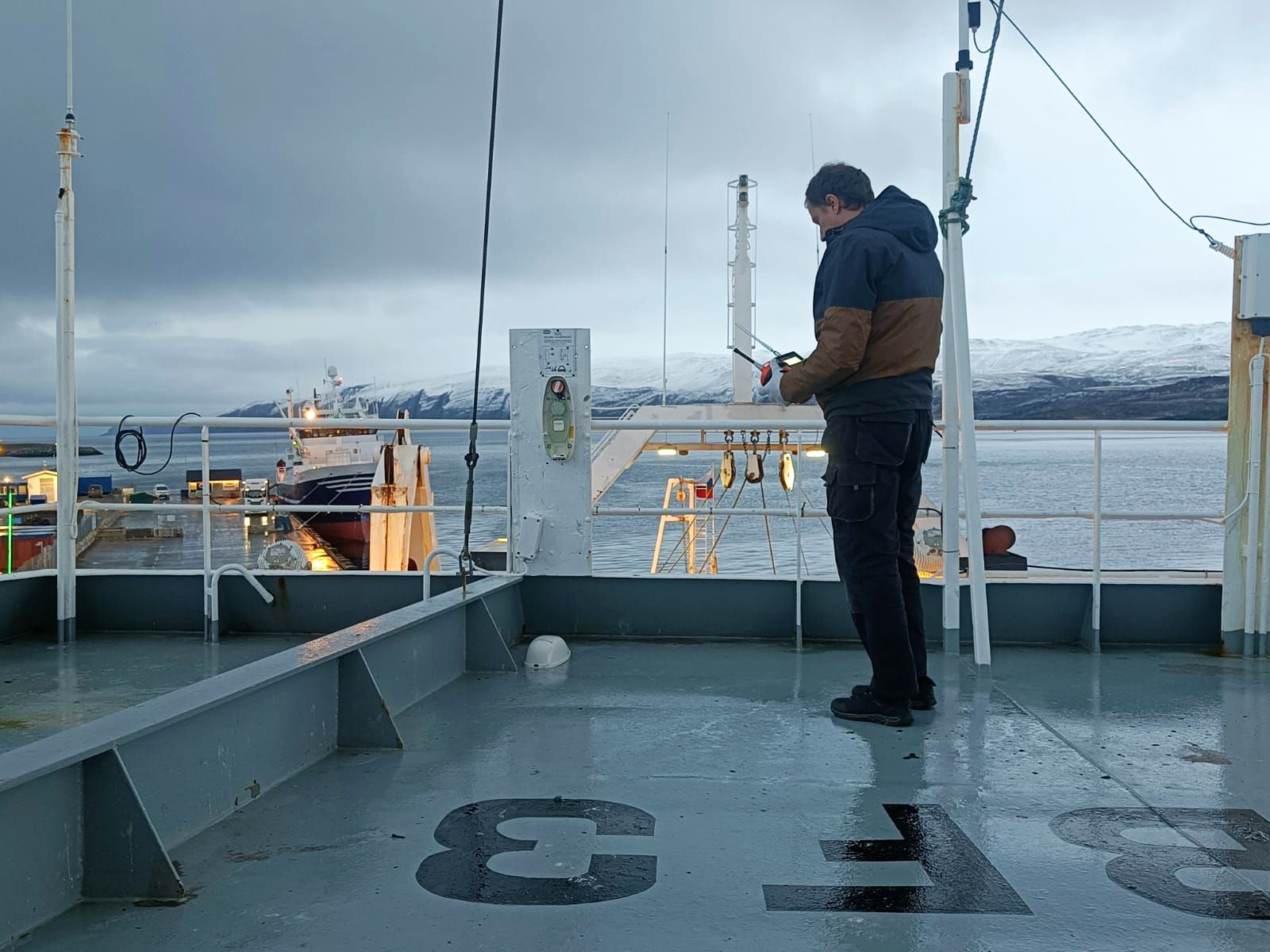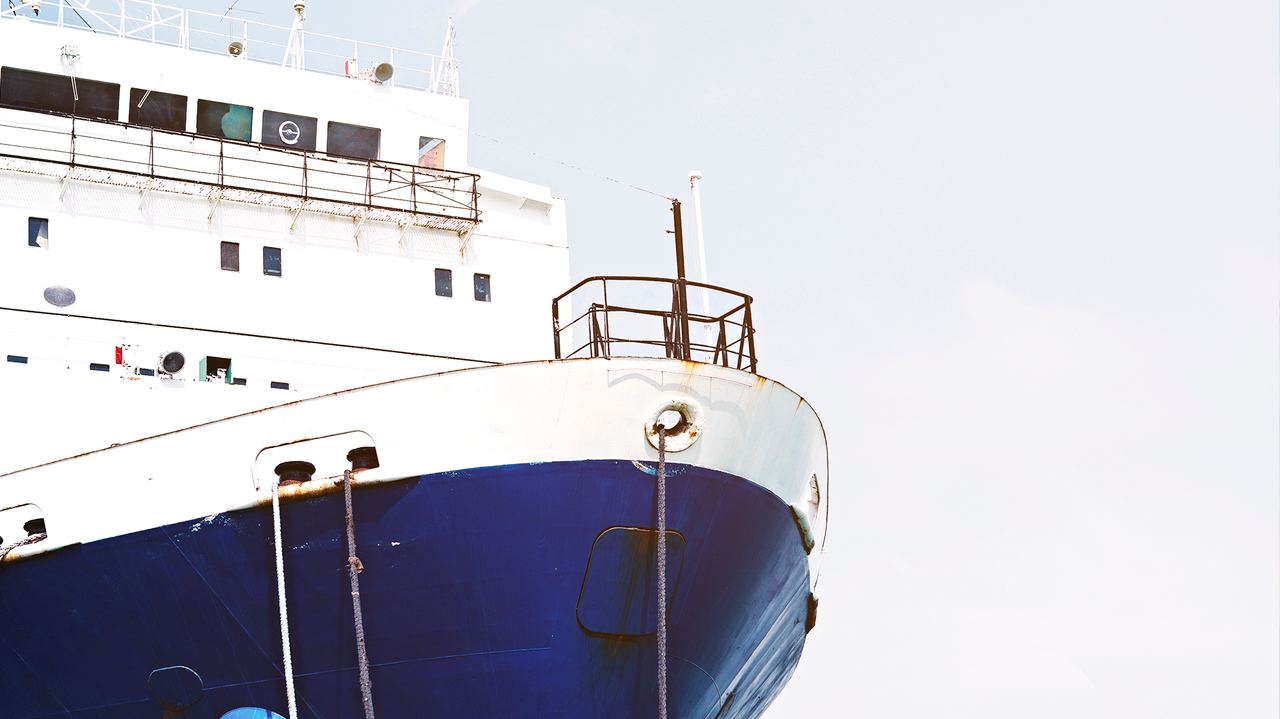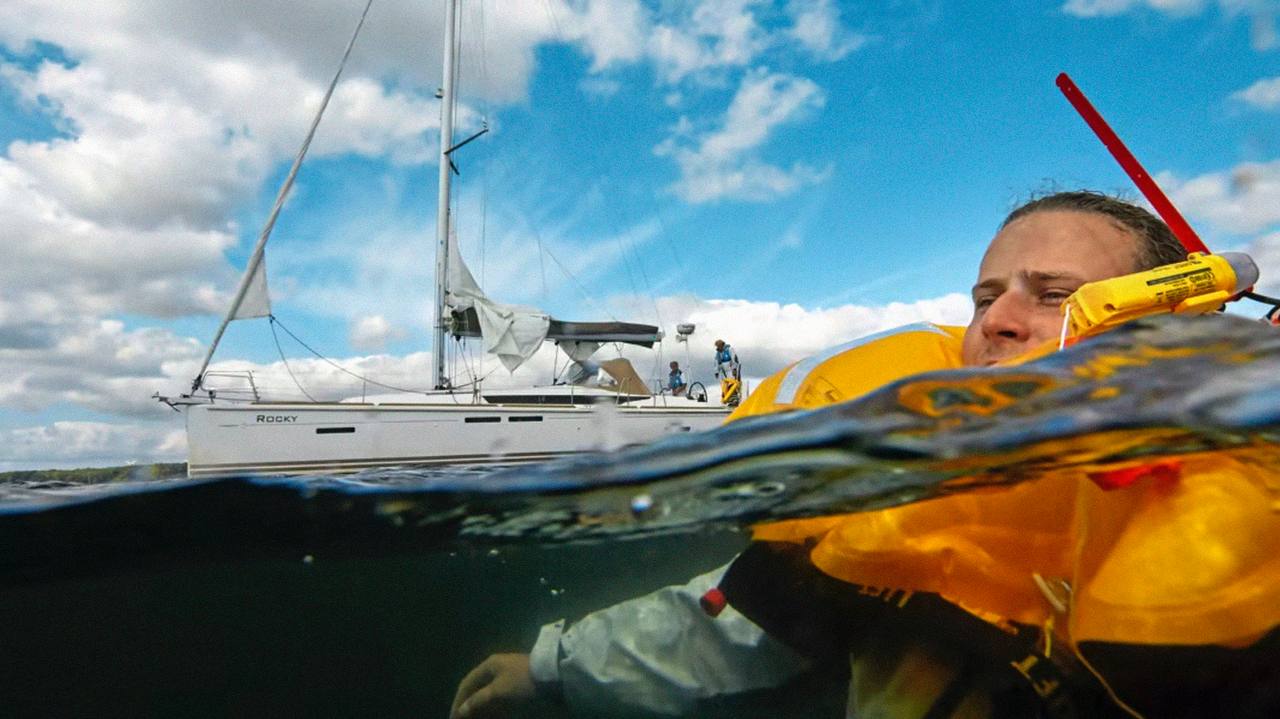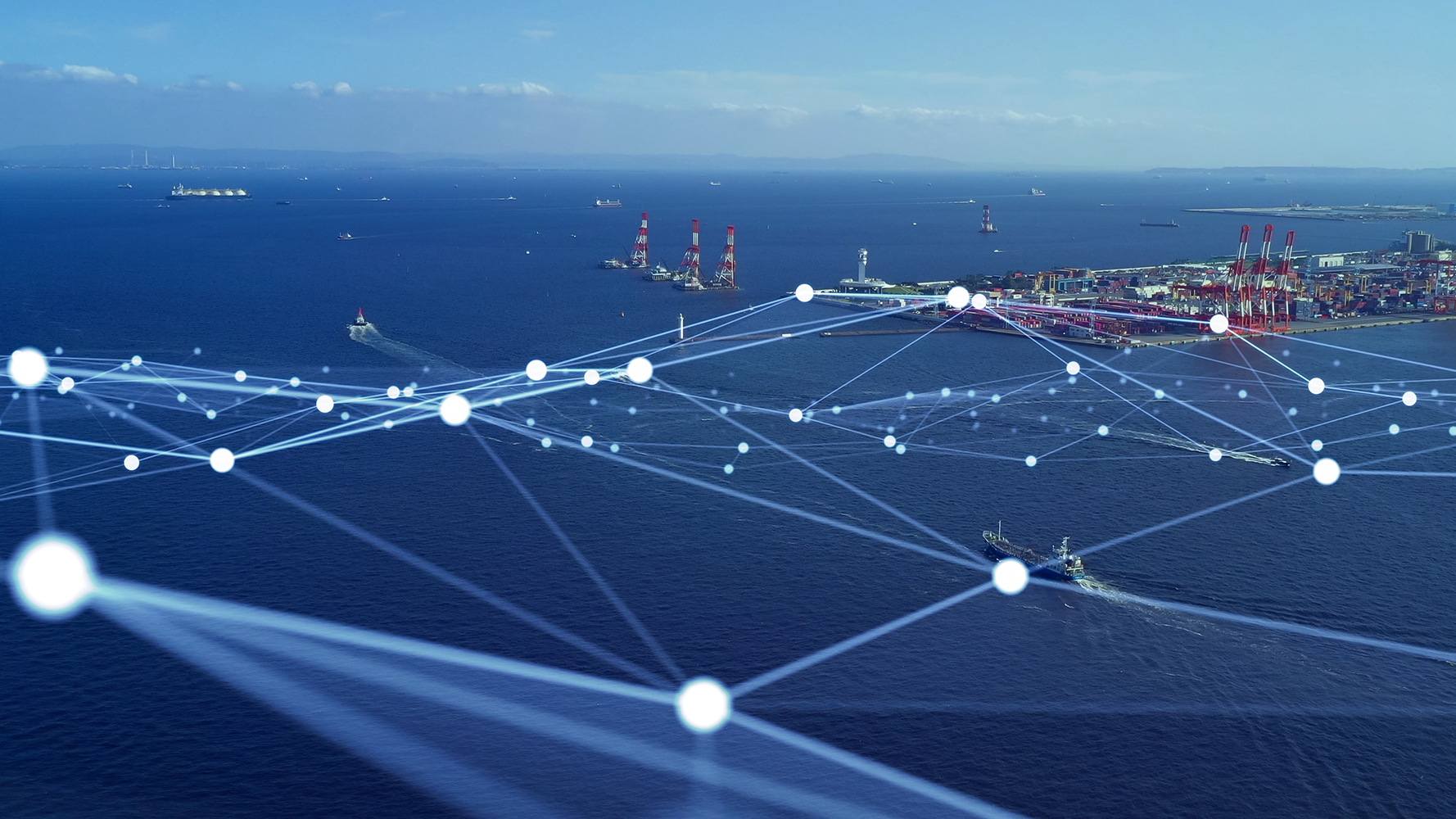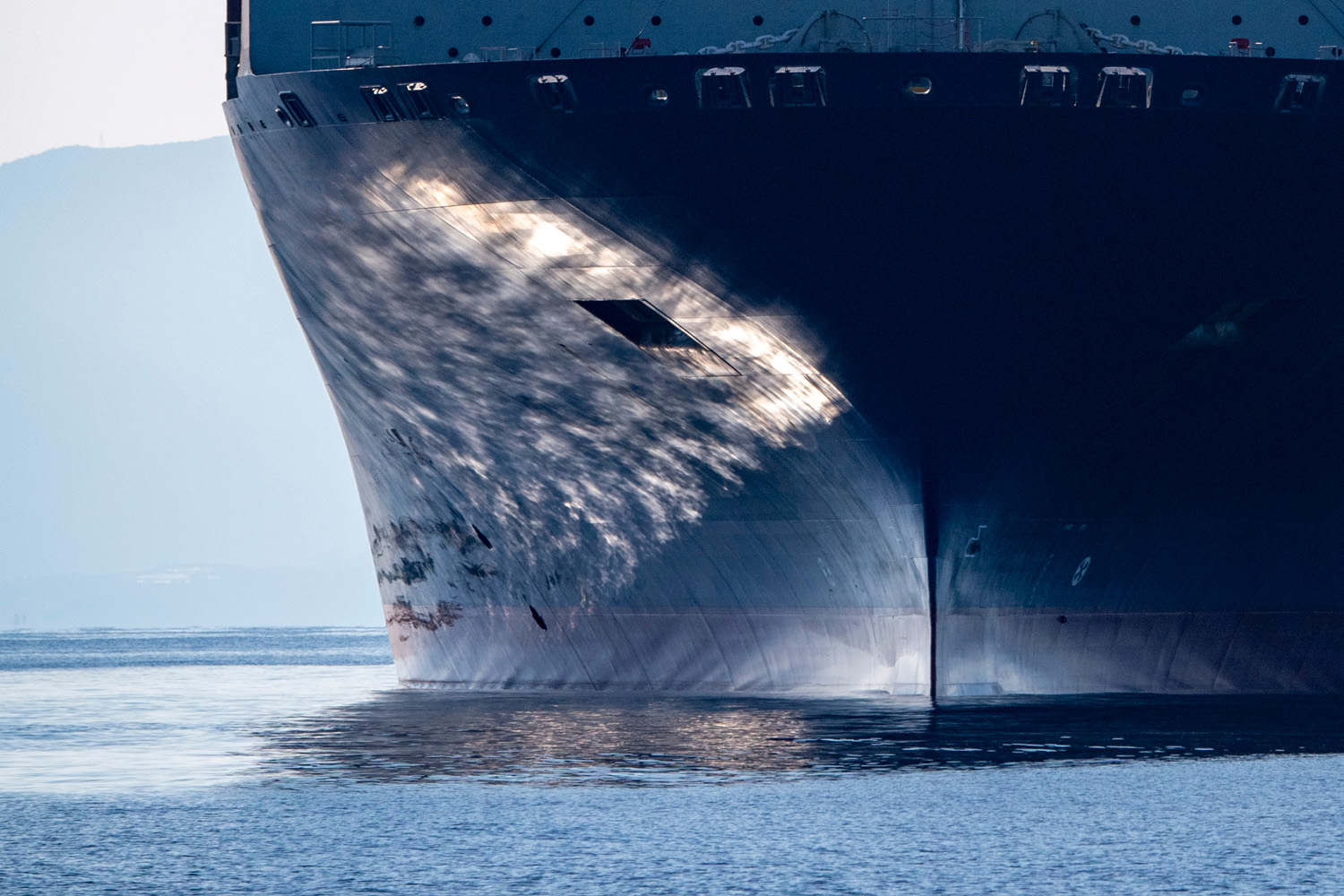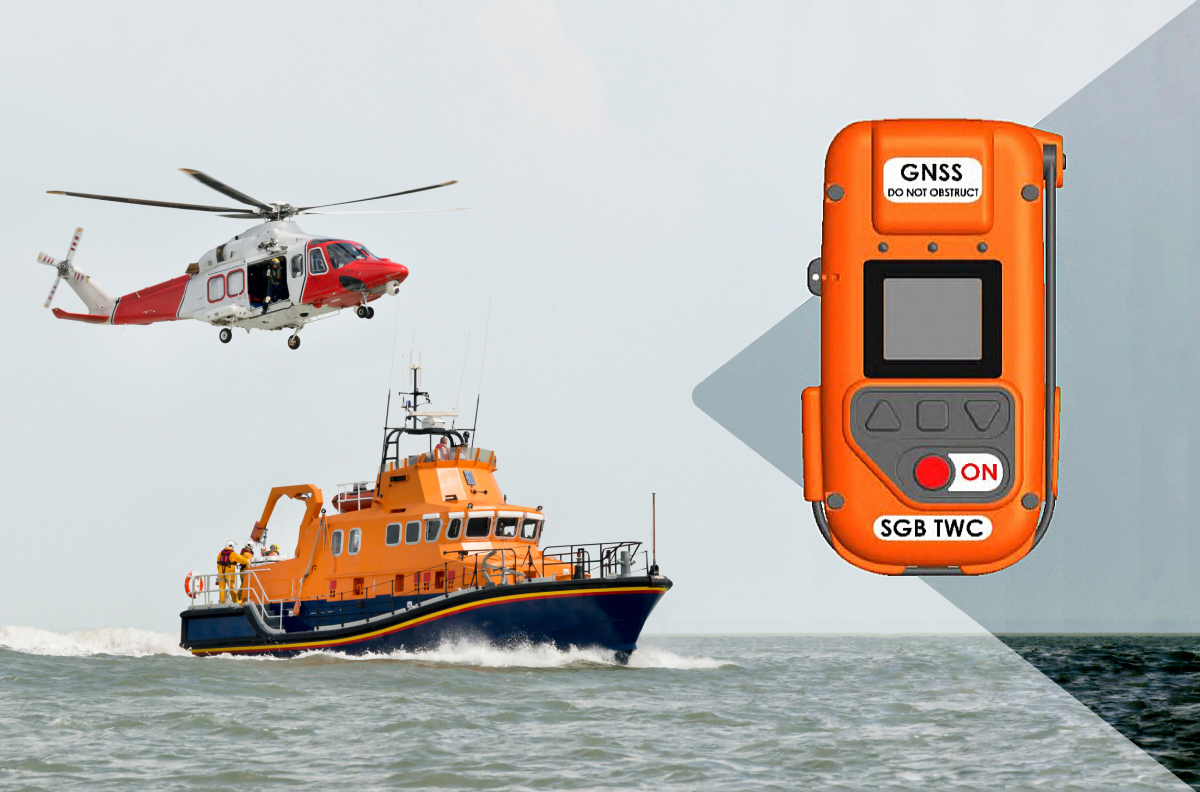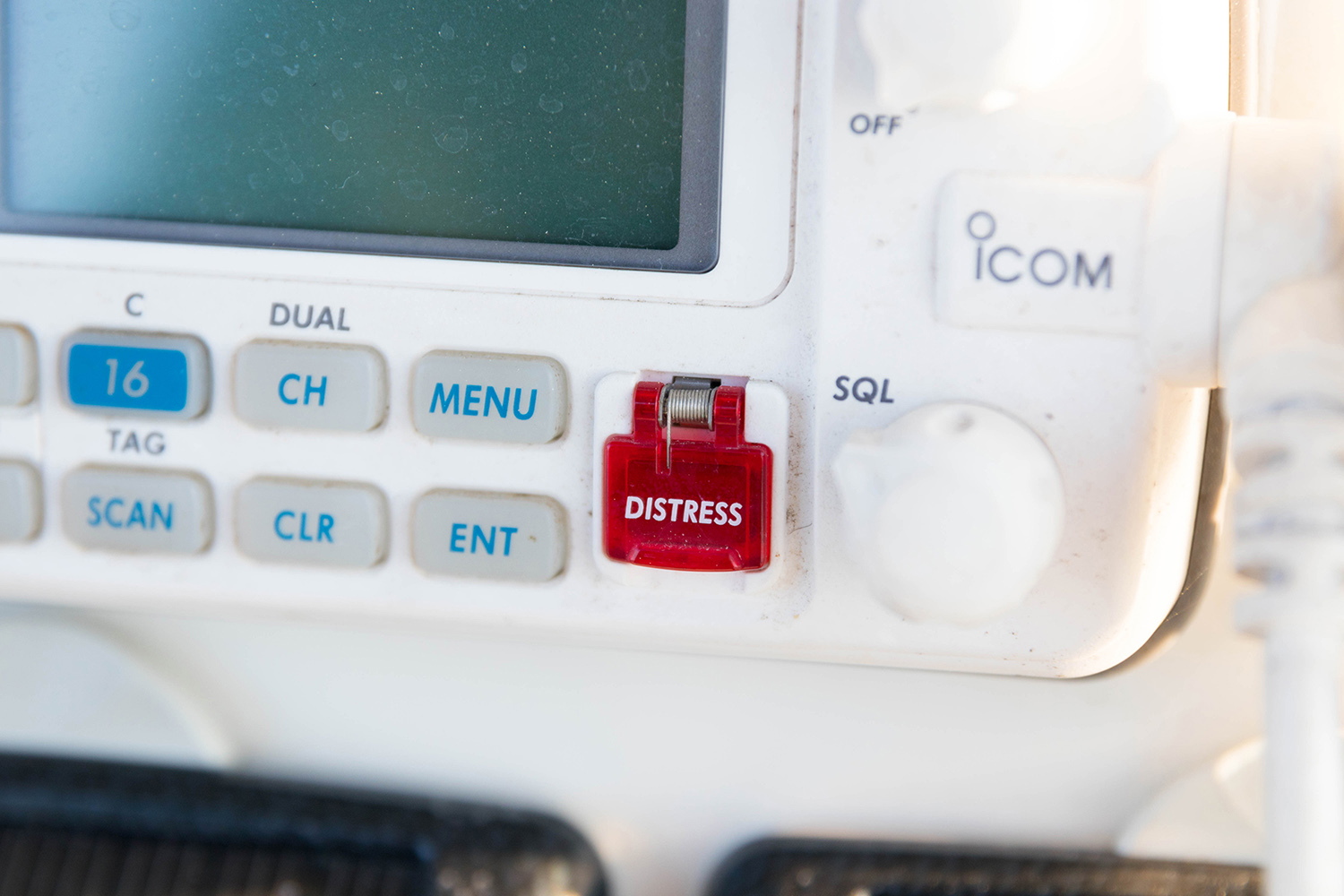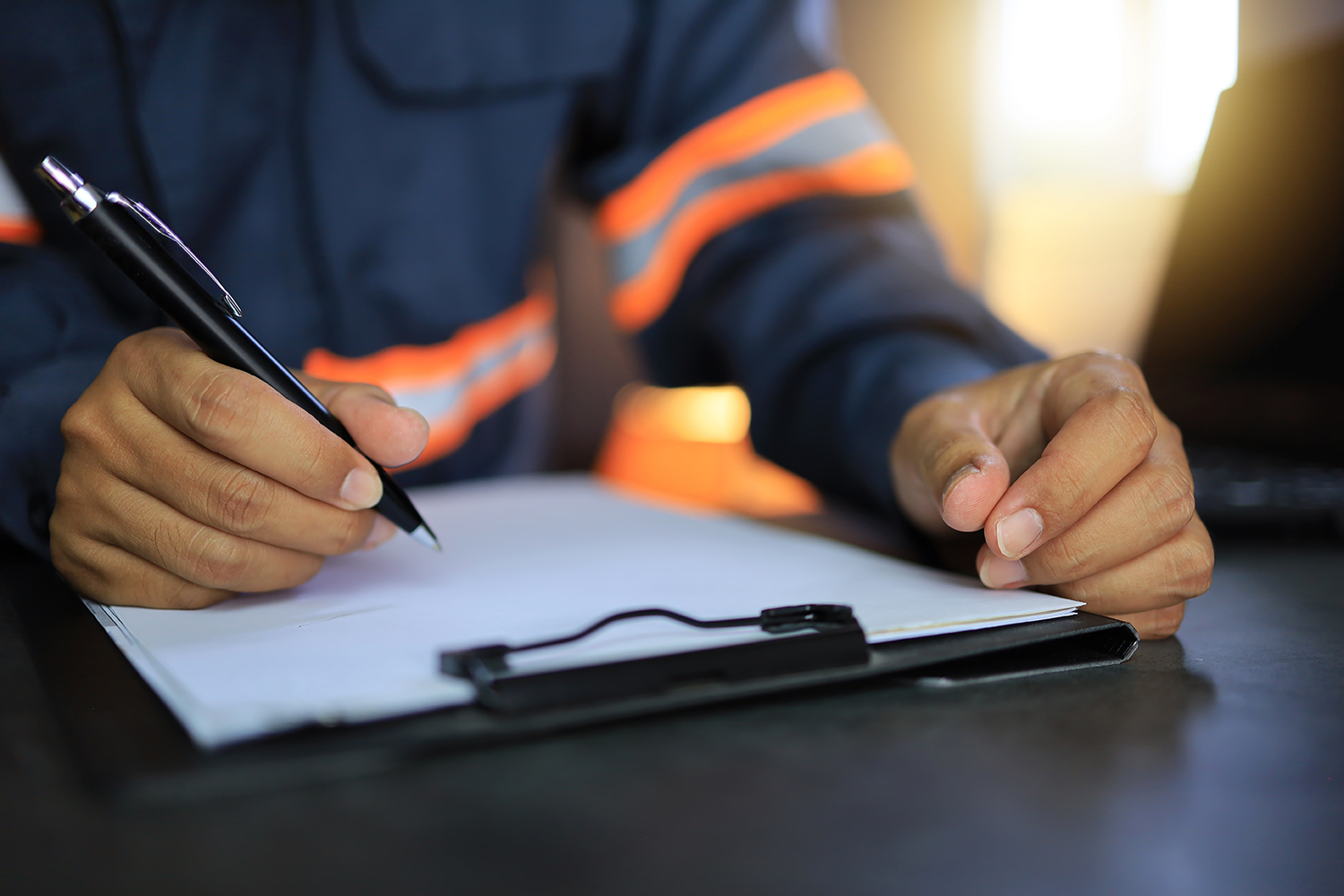GMDSS Radio Survey Blog
The Global Maritime Distress and Safety System (GMDSS) is a cornerstone of maritime safety, ensuring that ships can communicate in emergencies and receive critical safety information. However, simply assuming that GMDSS equipment is functional based on a visual inspection or crew confirmation can be a risky approach. Hidden malfunctions may go unnoticed until the equipment is urgently needed. So how can radio inspectors ensure that GMDSS equipment is truly operational?
